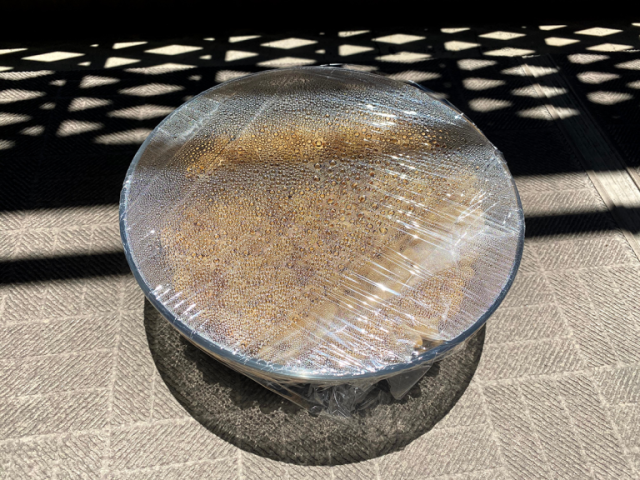
We try a way to stretch our store-bought natto supply, and also make the smelly, sticky dish less intimidating for newcomers.
Natto, fermented soybeans, are definitely a love-it-or-hate-it part of traditional Japanese cuisine. Even within Japan, people are sharply divided on whether it’s an integral part of a healthy breakfast, or an offensive-smelling dish they want neither on their table nor in their stomachs.
However, for those in the pro-natto camp, you might find yourself feeling sad as you approach the end of a pack. Fortunately, our Japanese-language reporter Kg recently figured out a way to easily bolster your natto supply, or ease your way into eating it if your palate is having trouble adjusting, with a new way to make your own natto at home…or, really, half-make it.
We say “half-make” because in order to follow Kg’s recipe, you’ll need not only soybeans, but also some already-made natto, of the kind you’d find at a Japanese supermarket. The process has three stages, and the first is preparing your soybeans.
Kg used 500 grams (17.6 ounces) of soybeans, and after placing them in a bowl, the next step is to cover them with water, then cover the bowl with plastic wrap.
Let the beans soak overnight, and the next day, they should be plump with the soaked up moisture, and you’ll be ready for phase two: cooking the beans.
Rinse the beans in a colander, then put them in a pressure cooker and cover them with water. Let them cook for about 25 minutes.
Once the cooking is done, remove the beans, rinse them off in a colander, and transfer them to a bowl for phase three: fermentation.
If you were making natto entirely from scratch, this is where you’d add in the bacteria for the fermentation. But instead, we’re going to stir in some pre-made natto.
There’s no specific amount of natto to add, but you want enough for the natto to thoroughly mix with your freshly-cooked soybeans, in order to transfer enough of the fermentation agents as you stir them together.
Once you’re done mixing, cover the bowl with plastic wrap, place it somewhere in the sunlight, and let it sit.
▼ Kg left his batch out from morning to evening.
And that’s all there is to it!
Though fans say it’s an integral part of the experience, natto’s sticky texture is one of the major hurdles that keeps some people from eating it. However, this sort of hybrid, half-home-made natto has less sticky substance surrounding the beans you cook yourself, which can make it more palatable to natto newbies.
▼ The difference is really noticeable if you separate the two bean sources from each other after the fermentation stage.
▼ Self-cooked added soybeans
▼ Store-bought natto soybeans
Even if you’re a natto veteran, though, this remixed version presents something both familiar and fresh, and having more ways to eat healthy is always nice.
Related: Takano Foods
Photos ©SoraNews24
● Want to hear about SoraNews24’s latest articles as soon as they’re published? Follow us on Facebook and Twitter!
[ Read in Japanese ]

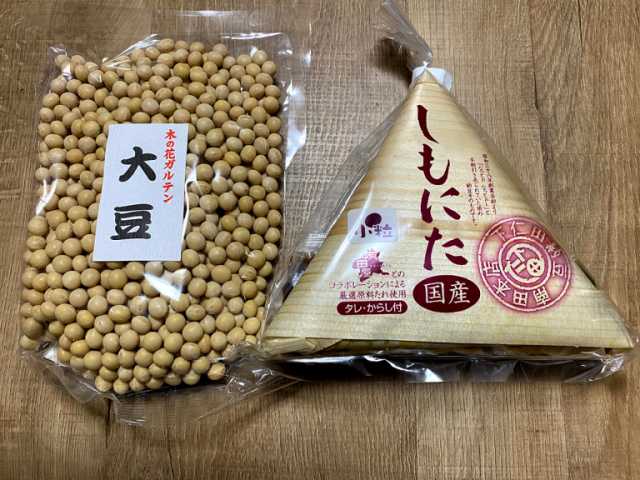
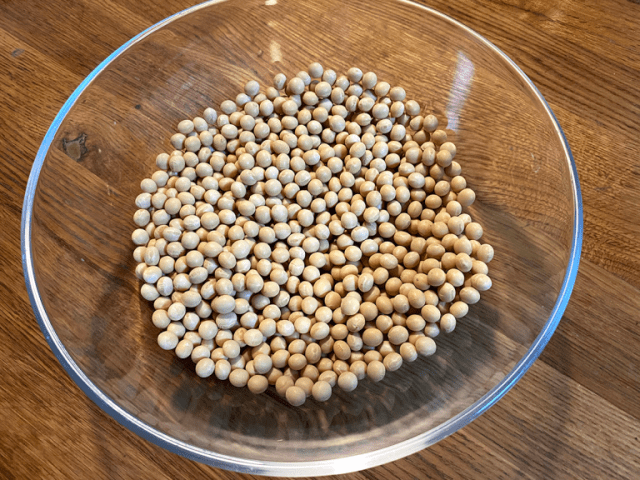
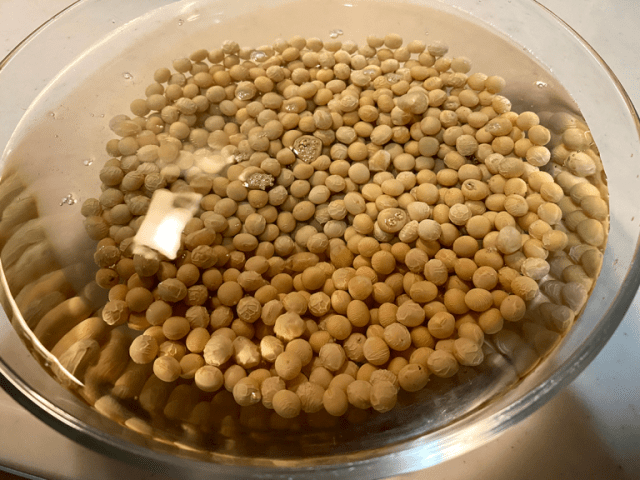
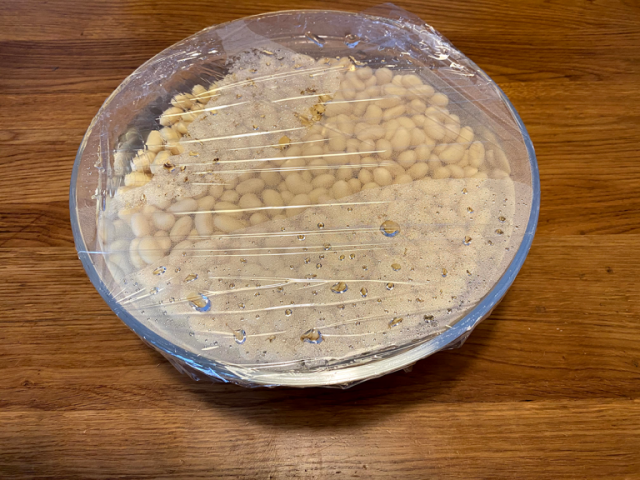
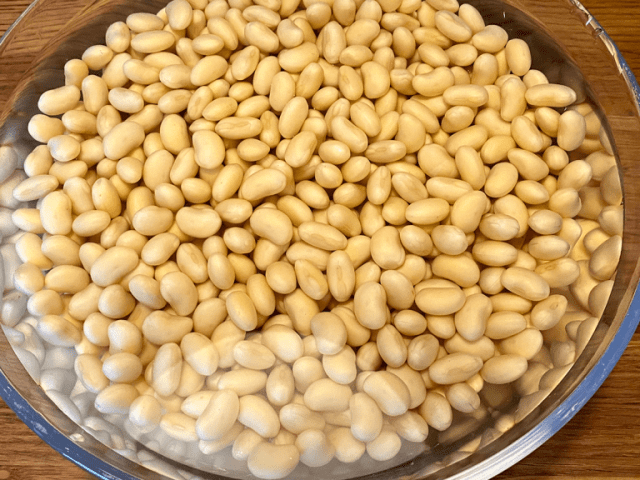
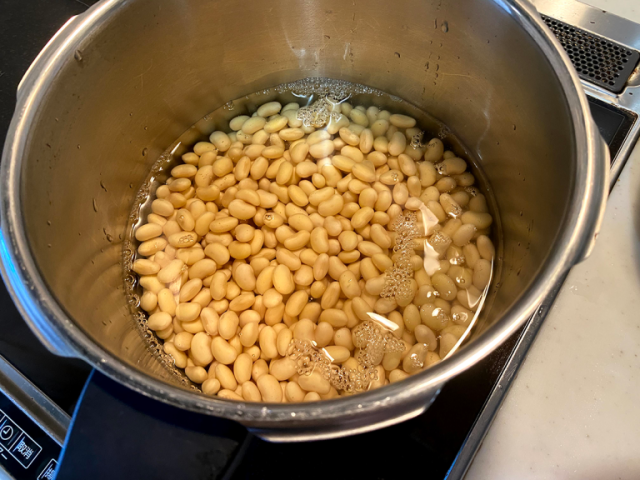
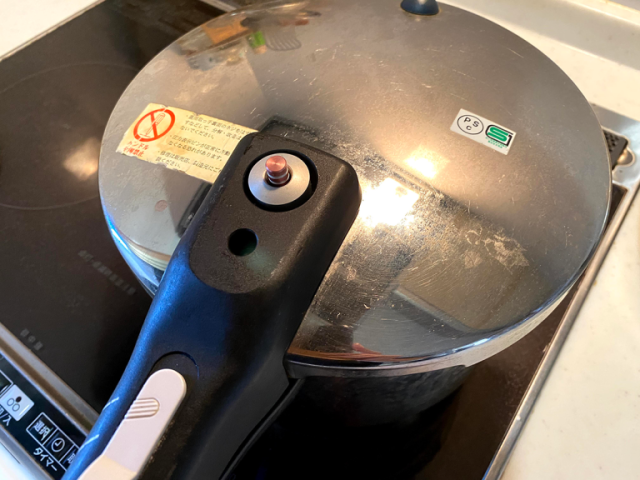
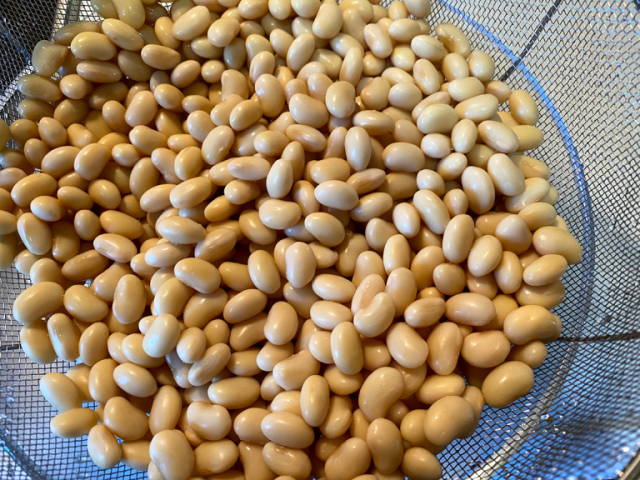
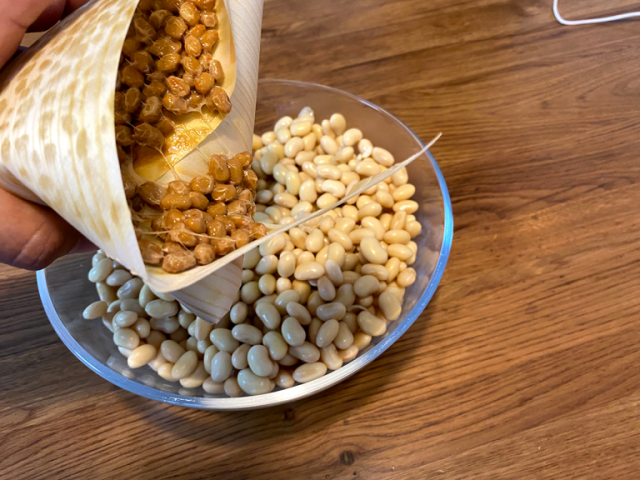

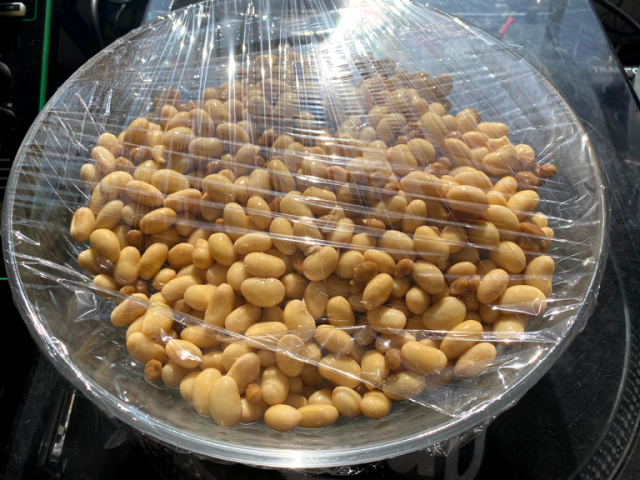
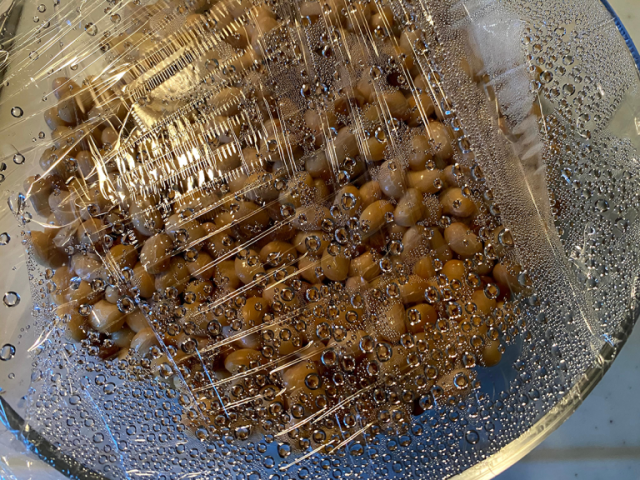
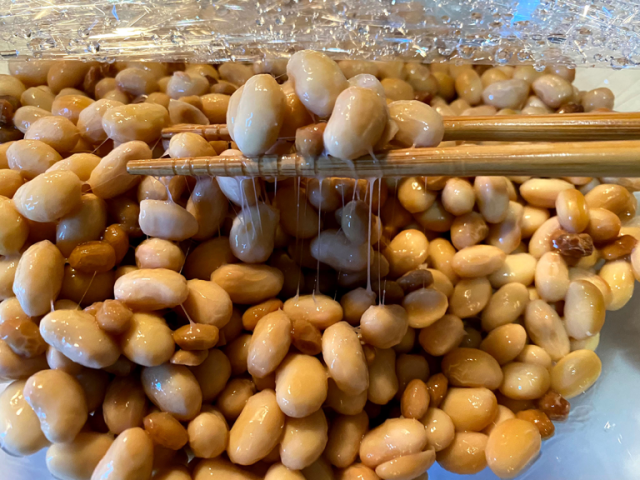
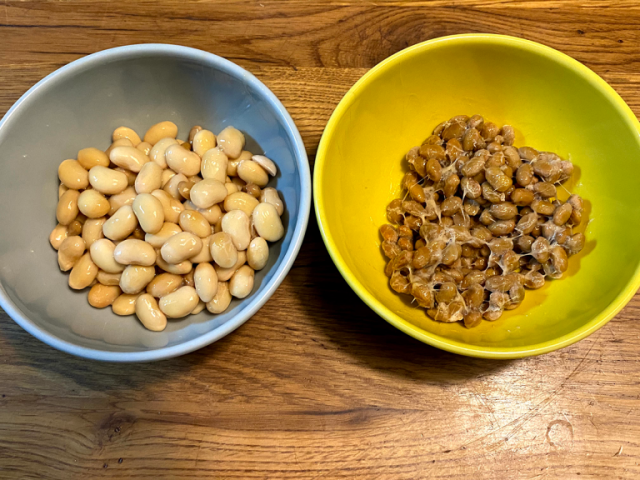
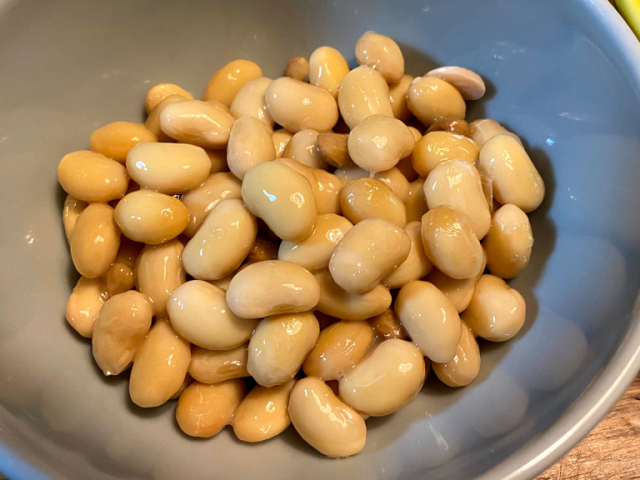
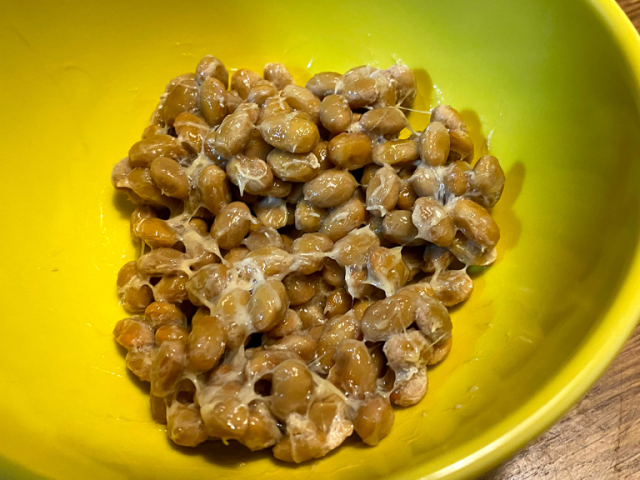
 Our natto maniac verifies the legitimacy of fermented soybean-flavored potato chips【Taste test】
Our natto maniac verifies the legitimacy of fermented soybean-flavored potato chips【Taste test】 Soap made from natto coming to Tokyo a week after Natto Day
Soap made from natto coming to Tokyo a week after Natto Day We spice up our fermented soybeans with curry powder flavored natto【Taste Test】
We spice up our fermented soybeans with curry powder flavored natto【Taste Test】 We try a new natto coffee ice cream that took 17 months to perfect
We try a new natto coffee ice cream that took 17 months to perfect Toast with fermented soybeans and honey may not be good-looking, but it is good eating
Toast with fermented soybeans and honey may not be good-looking, but it is good eating Japan’s new difficult-to-drink-from beer glass protects your liver, but it’s a brutal experience
Japan’s new difficult-to-drink-from beer glass protects your liver, but it’s a brutal experience New Pokémon ice cream, dessert drinks, and cool merch coming to Baskin-Robbins Japan【Pics】
New Pokémon ice cream, dessert drinks, and cool merch coming to Baskin-Robbins Japan【Pics】 New samurai glasses are Japan’s latest weird must-have souvenir
New samurai glasses are Japan’s latest weird must-have souvenir Demon Slayer: Kimetsu no Yaiba gets new roller coaster attractions and food at Universal Studios Japan
Demon Slayer: Kimetsu no Yaiba gets new roller coaster attractions and food at Universal Studios Japan How to order snacks on a Shinkansen bullet train in Japan
How to order snacks on a Shinkansen bullet train in Japan High-fashion Totoro cuddle purse is like an elegant stroll in the forest【Photos】
High-fashion Totoro cuddle purse is like an elegant stroll in the forest【Photos】 Kyoto Tower mascot termination reveals dark side behind cute Japanese characters
Kyoto Tower mascot termination reveals dark side behind cute Japanese characters Caffeinated ramen for gamers that you can eat with one hand going on sale in Japan
Caffeinated ramen for gamers that you can eat with one hand going on sale in Japan Burger King Japan suddenly adds Dr. Pepper and Dr. Pepper floats to its menu nationwide
Burger King Japan suddenly adds Dr. Pepper and Dr. Pepper floats to its menu nationwide Hello, cosmetics! Clinique teams up with Hello Kitty this summer for first-time collaboration
Hello, cosmetics! Clinique teams up with Hello Kitty this summer for first-time collaboration Nintendo history you can feel – Super NES, N64, and GameCube controllers become capsule toys
Nintendo history you can feel – Super NES, N64, and GameCube controllers become capsule toys “The most Delicious Cup Noodle in history” – Japan’s French Cup Noodle wins our heart【Taste test】
“The most Delicious Cup Noodle in history” – Japan’s French Cup Noodle wins our heart【Taste test】 Starbucks releases a cute Frappuccino and Unicorn Cake…but not in Japan
Starbucks releases a cute Frappuccino and Unicorn Cake…but not in Japan McDonald’s Japan’s Soft Twist Tower: A phantom ice cream only sold at select branches
McDonald’s Japan’s Soft Twist Tower: A phantom ice cream only sold at select branches Yabai Ramen: What makes this Japanese ramen so dangerous?
Yabai Ramen: What makes this Japanese ramen so dangerous? Finally! Nintendo Japan expands Switch 8-bit controller sales to everybody, Online member or not
Finally! Nintendo Japan expands Switch 8-bit controller sales to everybody, Online member or not Japanese government wants to build luxury resorts in all national parks for foreign tourists
Japanese government wants to build luxury resorts in all national parks for foreign tourists To combat declining birth rate, Japan to begin offering “Breeding Visas” to foreigners
To combat declining birth rate, Japan to begin offering “Breeding Visas” to foreigners 10 things you should buy at 7-Eleven in Japan
10 things you should buy at 7-Eleven in Japan Studio Ghibli releases anime heroine cosplay dresses that are super comfy to wear
Studio Ghibli releases anime heroine cosplay dresses that are super comfy to wear Woman charged for driving suitcase without a license in Osaka
Woman charged for driving suitcase without a license in Osaka Studio Ghibli unveils My Neighbour Totoro miniature house model
Studio Ghibli unveils My Neighbour Totoro miniature house model Kyoto experiencing problems with foreign tourists not paying for bus fares, but not on purpose
Kyoto experiencing problems with foreign tourists not paying for bus fares, but not on purpose Fighting mild hunger with a Japanese soda that turns into jelly in the stomach【Taste test】
Fighting mild hunger with a Japanese soda that turns into jelly in the stomach【Taste test】 Studio Ghibli’s Howl’s Moving Castle tapestry unveiled in Japan for first time
Studio Ghibli’s Howl’s Moving Castle tapestry unveiled in Japan for first time McDonald’s new Happy Meals offer up cute and practical Sanrio lifestyle goods
McDonald’s new Happy Meals offer up cute and practical Sanrio lifestyle goods Sales of Japan’s most convenient train ticket/shopping payment cards suspended indefinitely
Sales of Japan’s most convenient train ticket/shopping payment cards suspended indefinitely Sold-out Studio Ghibli desktop humidifiers are back so Totoro can help you through the dry season
Sold-out Studio Ghibli desktop humidifiers are back so Totoro can help you through the dry season Japanese government to make first change to romanization spelling rules since the 1950s
Japanese government to make first change to romanization spelling rules since the 1950s Foreigner’s request for help in Tokyo makes us sad for the state of society
Foreigner’s request for help in Tokyo makes us sad for the state of society Ghibli founders Toshio Suzuki and Hayao Miyazaki contribute to Japanese whisky Totoro label design
Ghibli founders Toshio Suzuki and Hayao Miyazaki contribute to Japanese whisky Totoro label design Doraemon found buried at sea as scene from 1993 anime becomes real life【Photos】
Doraemon found buried at sea as scene from 1993 anime becomes real life【Photos】 Tokyo’s most famous Starbucks is closed
Tokyo’s most famous Starbucks is closed Princesses, fruits, and blacksmiths: Study reveals the 30 most unusual family names in Japan
Princesses, fruits, and blacksmiths: Study reveals the 30 most unusual family names in Japan New magic powder purports to make natto edible even for bean-haters
New magic powder purports to make natto edible even for bean-haters We tried making natto the old-fashioned way, and the result was unexpected but delicious 【SoraKitchen】
We tried making natto the old-fashioned way, and the result was unexpected but delicious 【SoraKitchen】 All-you-can-eat stinky fermented soybeans come to Ginza, if that’s your thing
All-you-can-eat stinky fermented soybeans come to Ginza, if that’s your thing Natto Boys want to take their smelly beans to Africa, but they need your help
Natto Boys want to take their smelly beans to Africa, but they need your help Life hack for living in Japan: How to painlessly remove the wrapper from a pack of natto
Life hack for living in Japan: How to painlessly remove the wrapper from a pack of natto Eat Japanese cuisine like an epicure with the updated Ultimate NTO natto mixer from Takara Tomy
Eat Japanese cuisine like an epicure with the updated Ultimate NTO natto mixer from Takara Tomy A pack of natto (fermented Japanese soybeans) a day keeps the death away according to study
A pack of natto (fermented Japanese soybeans) a day keeps the death away according to study Pizza Hut’s sakura pizza takes cherry blossom season to weird places in Taiwan
Pizza Hut’s sakura pizza takes cherry blossom season to weird places in Taiwan Custard pudding with natto fermented soybeans? We try the new dessert craze sweeping Japan
Custard pudding with natto fermented soybeans? We try the new dessert craze sweeping Japan Mizkan develops world’s most “beautiful” natto, Mr. Sato takes it for a spin
Mizkan develops world’s most “beautiful” natto, Mr. Sato takes it for a spin New product stirs your natto 424 times to bring out its ultimate flavor
New product stirs your natto 424 times to bring out its ultimate flavor We try ice cream with a topping of natto fermented soybeans, because the Internet told us to
We try ice cream with a topping of natto fermented soybeans, because the Internet told us to We head out to Kyoto to eat a delicious crepe crammed with fermented soybeans, rice【Taste Test】
We head out to Kyoto to eat a delicious crepe crammed with fermented soybeans, rice【Taste Test】 Fermented soybean shaved ice pushes the envelope of summertime sweets
Fermented soybean shaved ice pushes the envelope of summertime sweets Instant natto soba a suspiciously hot item so we check it out
Instant natto soba a suspiciously hot item so we check it out Savoring one of the stinkiest foods in the world: Sweden’s surströmming
Savoring one of the stinkiest foods in the world: Sweden’s surströmming
Leave a Reply